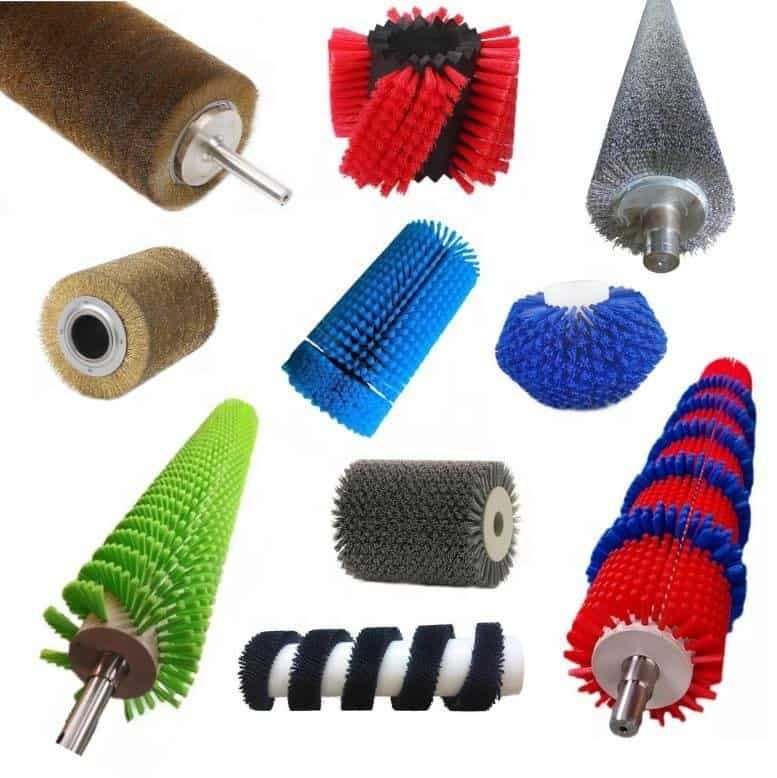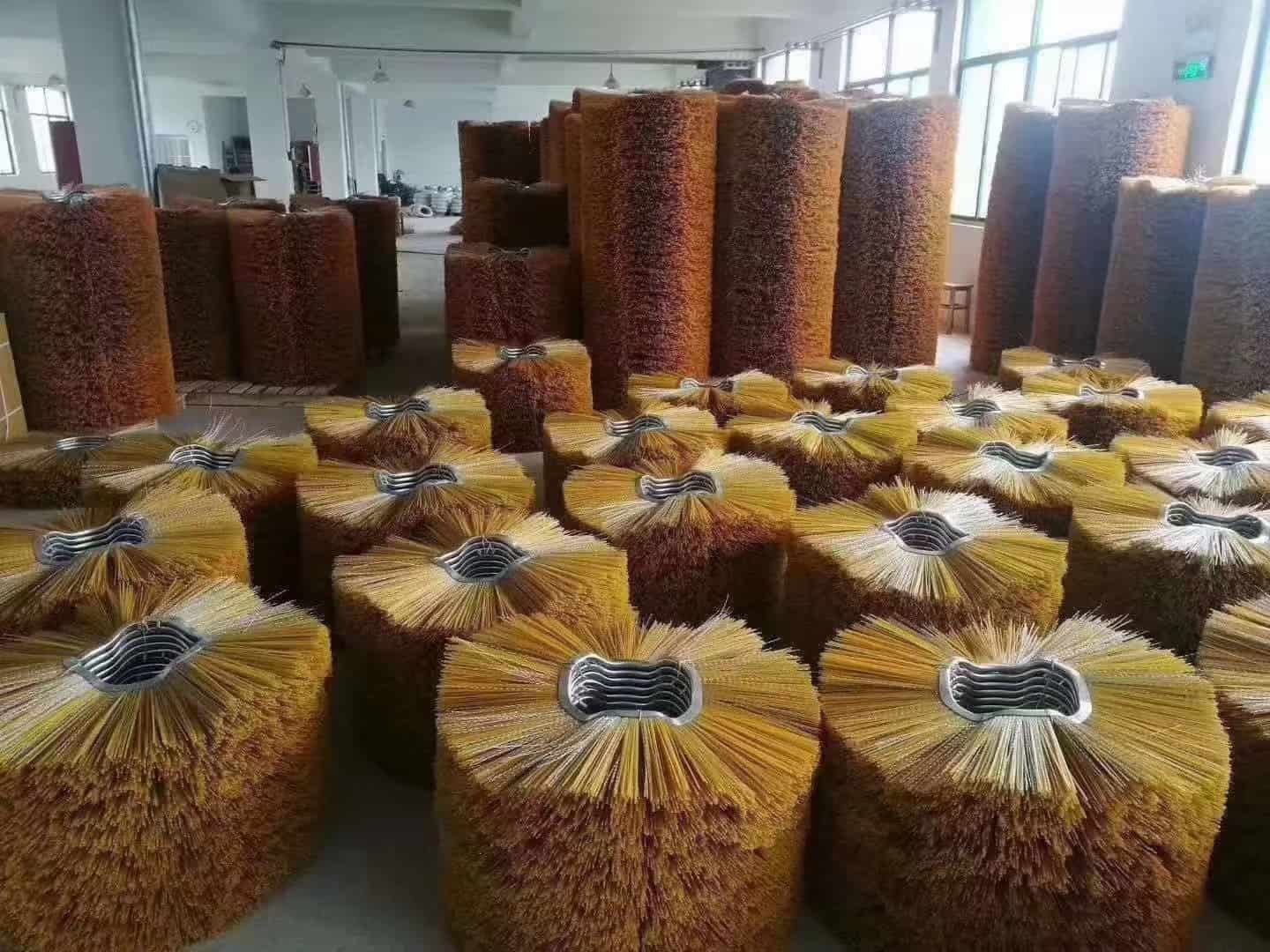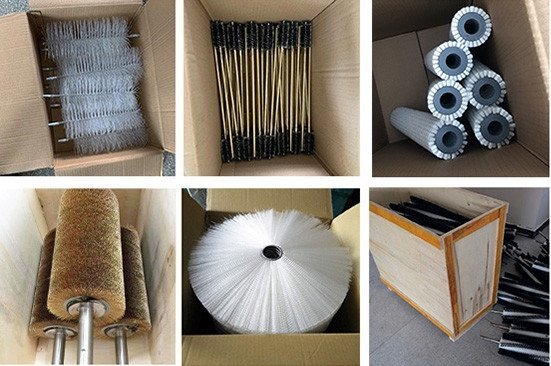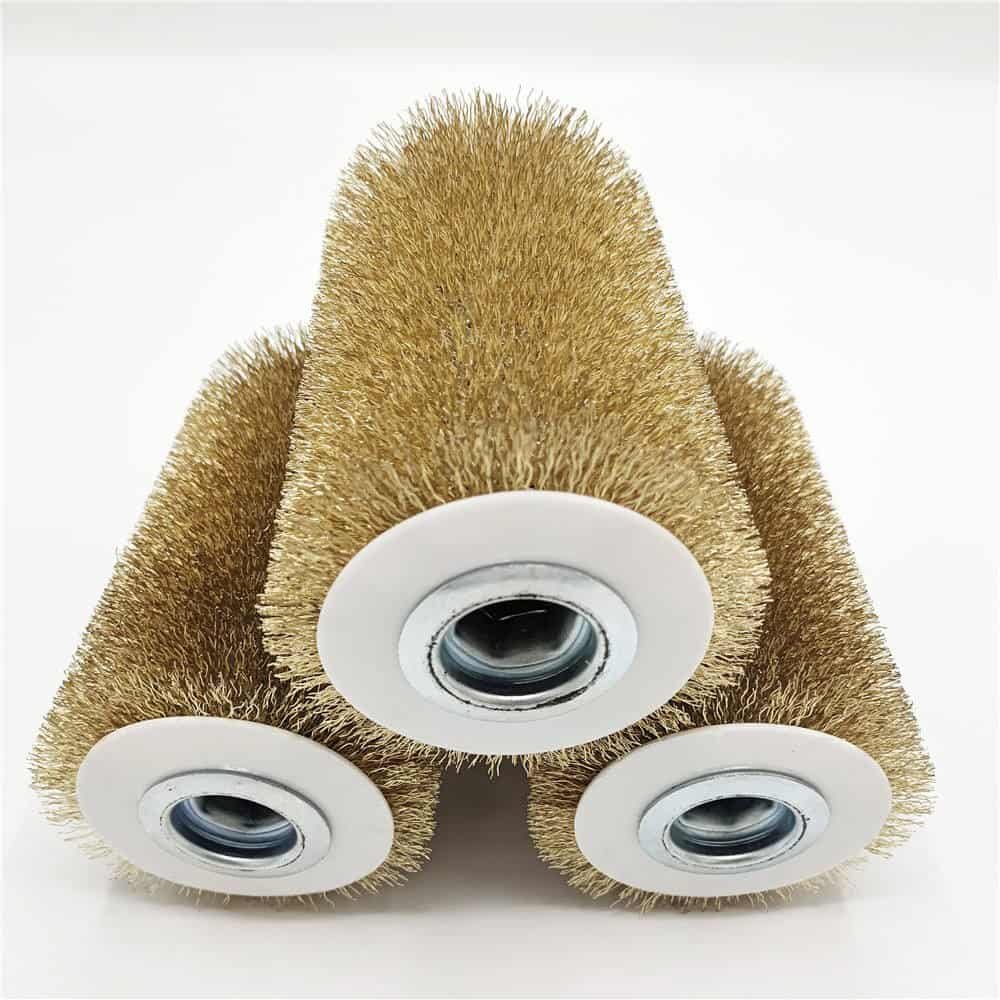In the food processing industry, there are countless tools and machines that ensure our food is safe, clean, and safe to eat. Brushes are one of those often overlooked but vital tools. These brushes are used to clean, sort, and even process a variety of foods. But have you ever wondered what these brushes are made of? Let’s delve into the fascinating world of brushes in food processing.

The Importance of Brushes in Food Processing
Before we discuss the materials, it’s essential to understand why brushes are so crucial in the food industry. Brushes play a pivotal role in:
- Cleaning: They help in removing dirt, pesticides, and other contaminants from fruits, vegetables, and other food items.
- Sorting: Brushes can separate items based on size, shape, and texture, ensuring uniformity.
- Processing: In some cases, brushes are used in the actual processing of food, such as in the peeling of certain vegetables.
Since the bristles of these brushes come into direct contact with food, these brushes must be made of safe, durable and efficient materials.
Materials Used in Food Processing Brushes
1. Nylon
One of the most commonly used materials for food processing brushes, nylon is durable, resistant to most chemicals and can be manufactured in a range of hardnesses. Its toughness ensures that it does not deform easily, making it ideal for rigorous cleaning and sorting tasks.
2. Polyester
Polyester fiber is durable, retains its stiffness in wet environments and is resistant to most chemicals. It is also suitable for high temperature applications. For example, the brushes used to brush food for dipping in the oven or grill are made of this material.
3. Polypropylene
Polypropylene is chemically resistant, can be used in acidic and alkaline environments, and is cost-effective for scrubbing and cleaning jars, vats and containers in food processing.
4. Teflon (PTFE)
PTFE is non-sticky, chemically inert and can withstand very high temperatures. It is also resistant to aggressive cleaning agents. It is generally used in environments where adhesion is a concern, such as processing sticky foods like candy or syrups.
5. Natural Fibers (e.g., Horsehair, Tampico)
Natural fibers are gentle and provide a softer brush. They are also biodegradable, and brushes made of natural fibers are typically used to clean delicate fruits such as berries or to glaze pastrie.
Safety First: Ensuring Food-Grade Materials
Since these brushes come into direct contact with food, it is important to use food-grade materials. This means that the materials used must meet the following characteristics:
- Do not contain harmful or toxic substances.
- Can be easily cleaned and sanitized.
- Are resistant to the growth of bacteria and other microorganisms.
- Manufacturers often have to adhere to strict standards and regulations to ensure their brushes are safe for food processing.
How to Choose Food-grade Brush Materials?
Selecting bristles that adhere to food-grade standards is pivotal for upholding food safety. Utilizing brushes crafted from food-compliant bristles can significantly mitigate the release of harmful agents, curtail the potential for food contamination, and safeguard consumer well-being.
When on the hunt for food-grade bristle types, keep these guidelines in mind:
1. Prioritize accredited suppliers
Ensure your brush selections originate from suppliers with recognized certifications. Brushcustom is renowned for its stringent quality benchmarks and offers materials that pass food-grade criteria.
2. Stay updated on certification benchmarks
Acquaint yourself with pertinent food sector certifications, like those from the FDA (U.S. Food and Drug Administration) or the EU’s LFGB food contact material tests. Opt for bristles that align with these certifications to guarantee their food-grade authenticity.
3. Tailor to your needs
Depending on your specific operational needs, select bristles with the right attributes. Different culinary processing scenarios might call for unique bristle properties, be it resistance to high temperatures, resilience against chemicals, or a softer touch.
4. Emphasize quality assurance
Confirm that your supplier operates under a robust quality assurance framework and can furnish essential quality attestations and analytical reports. This step is vital to ascertain the caliber of the brush products and their proficiency in meeting food-grade stipulations.
Conclusion
Brushes in food processing might seem like simple tools, but their composition is a result of careful consideration and advanced science. Whether it’s ensuring the safety of the food we eat or the efficiency of the processing line, these brushes, and the materials they are made of, play an indispensable role.
Embracing brushes that meet food-grade bristle standards not only fortifies food safety but also bolsters operational efficacy and elevates product caliber. Given the escalating consumer emphasis on safety, it’s imperative for producers to lean into brushes that resonate with consumer expectations and market dynamics.






